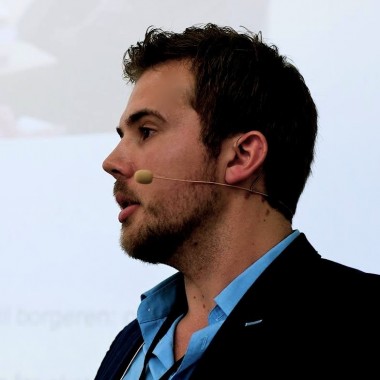In this Q & A we have asked teachers experienced with the development of innovation and entrepreneurship courses to answer questions regarding their thoughts on the didactics and innovation elements in their own courses. The aim is to depict the various approaches and methods for teaching through innovation and entrepreneurship.
Click on a teacher and get his or her answers.
Associate professer, IFSV, SUND, KU
“During the course the students use their respective subject knowledge in relation to each other with a focus on diseases, technology, innovation, organization and user interfaces, and epidemiology. Along the way, the students work with ethnographic methods to understand the needs that must be solved.”
Read all answers from Lars Kayser
Professor, DIKU, SCIENCE, KU
“The innovation approach can best be described as a prototyping process in which a series of prototypes of the digital service are produced. To do this, we use a mix of techniques including ethnographic fieldwork, user involvement, design interventions, paper prototyping, functional prototyping, and business modeling.”
Read all answers from Klaus Marius Hansen
Associate professer, IFRO, SCIENCE, KU
“On the course Entrepreneurship and Innovation, the students work on developing a business concept based on a case challenge that is related to their fields of study. The course focuses on cooperation with the outside world. From the start of the course, students work on real-life and real-time cases presented to them by entrepreneurs, companies, or organizations.”
Read all answers from Katharina Poetz






